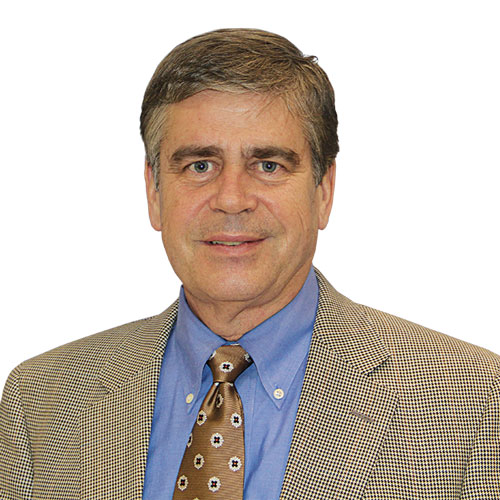Turf MD: Danneberger examines the origins of PGRs and the true power behind them
A plant growth regulator (PGR) is an organic compound — natural or synthetic — that, when present or applied in small amounts results in a change in plant growth and development. These compounds, when produced by plants, regulate plant growth, reproduction, life expectancy and death and are known as phytohormones.

Karl Danneberger, Ph.D
The five “classical” phytohormones are known as auxin, gibberellin (GA), ethylene, cytokinin and abscisic acid (ABA). The actual amounts needed to induce a change in growth, either to improve or restrict growth, require incredibly small amounts.
Charles Darwin and his son discovered the first phytohormone, auxin (known as indole-3-acetic acid [IAA]), in the 1880s. In a series of experiments with oat seedlings grown in the dark, the Darwins discovered that light could induce differential elongation in the plant to reorient shoot growth to optimize photosynthesis (phototropism). It wasn’t for another 40 years that IAA was chemically isolated.
The phytohormone that I find of special interest is cytokinin. It influences plant growth and cell division but also leaf senescence. The common natural cytokinin found in plants is zeatin. I often see zeatin levels reported in turf studies as a measure of plant stress. Personally, my first exposure to cytokinin in turf came when I was working with the turfgrass disease anthracnose.
At the time, golf course fairways were predominantly annual bluegrass and often died in the summer. It was often quite devastating. The turf industry was embroiled in a controversy over whether the turf was dying due to the summer heat or whether something new and biological such as anthracnose was the culprit.
At turfgrass conferences around the country, golf course sessions saw turfgrass pathologists and agronomists with different views squaring off against each other.
For those special occasions when a preeminent matchup occurred between plant pathologists, the conference room would be packed, and nobody dared to sleep. What I learned from that time was to trust your data and develop a thick skin.
During this time, some field research studies observed that certain fungicide treatments resulted in healthy annual bluegrass through the summer. An impactful speaker presentation might show a slide with a healthy and green annual bluegrass plot where fungicide treatments had been made surrounded by untreated plots of dead annual bluegrass.
One of the first fungicides to show this effect was benomyl (Tersan, 1991). Benomyl was the first in the class of benzimidazole fungicides released in the late 1960s. It was a revolutionary fungicide, systemic in nature which was novel and broad spectrum. Some felt this was such an amazing product that the end of plant pathology as we knew it was near. Then within a few years, fungicidal resistance occurred with benomyl, which allowed plant pathologists to keep their jobs and triggered a new area of research.
Additionally, benomyl and benzimidazole fungicides were shown to have anti-senescence characteristics on various crops, like soybeans. In other words, benomyl had cytokinin-like properties that delayed the senescence of leaves. The theory at the time was that the applications of benomyl were slowing the leaves’ senescence, causing them to remain green for a period. In actuality, benomyl controlled anthracnose and gave the additional benefit to the plant as an anti-aging agent.
Today, we have products including plant growth regulators, fungicides and supplements that provide turf benefits not just from the targeted effect, but also plant health benefits through cytokinin-like properties. As you attend conferences and read articles that address turfgrass health or summer stress tolerance, pay attention to what is measured — plant hormones — in these studies.
<p>The post Turf MD: Danneberger examines the origins of PGRs and the true power behind them first appeared on Golfdom.</p>

